A few weeks ago, we reviewed the Beelink GTR6, a mini PC based on the AMD Ryzen 9 6900HX. When we published that review, many folks immediately suggested we look at the Minisforum UM690. Thanks to our YouTube members, we were able to buy this unit and try the unit out.
Minisforum UM690 Background
As we have been doing with the STH Mini PC series, here is a video for this one:
We always suggest watching it in its own window, tab, or app for the best viewing experience. We also have a few more views of this unit in its included vertical stand in the video.
We purchased this unit via Amazon (Affiliate Link here) and decided to get it configured similarly to the Beelink GTR6 we reviewed. That meant configuring it with 32GB of memory and a 512GB NVMe SSD. It also came with Windows 11 pre-installed.
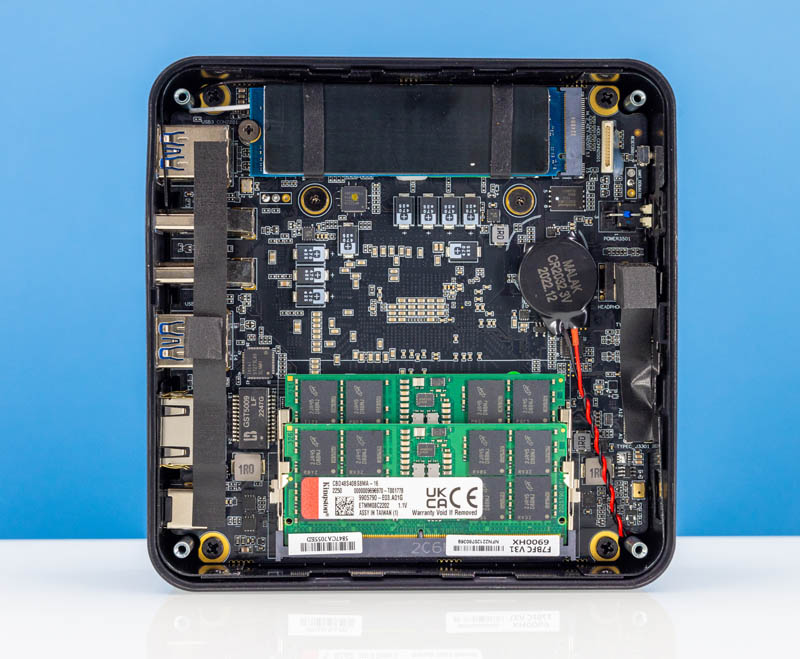
We will quickly note that while we spent $729 after coupons, the pricing on these mini PCs jumps around. Sometimes it is much higher, sometimes much lower. The Minisforum shop had them for $749.
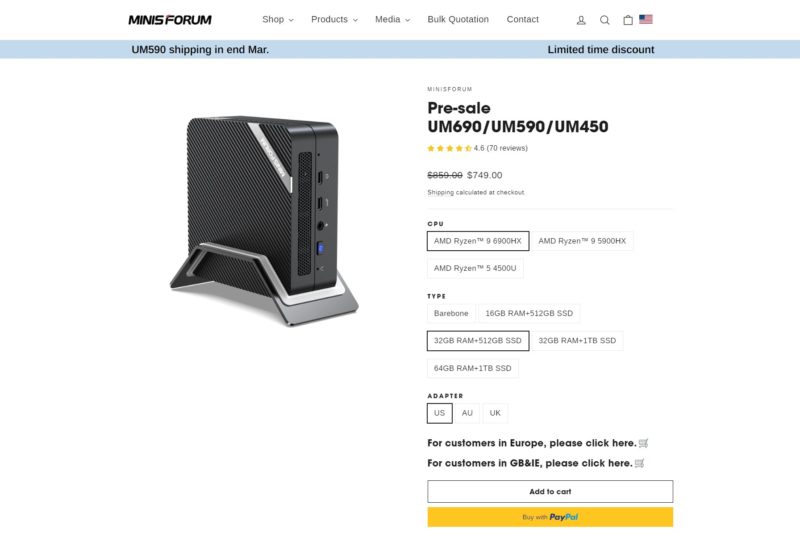
The one item we would urge our readers to look at is purchasing these barebones. The pricing for that is only $519. One can get 32GB of memory (Amazon Affiliate example), and a 1TB NVMe SSD, and given today’s pricing be at only $659 with a larger SSD.
Before we get to the hardware overview, just so STHers know, we know Project TinyMiniMicro has been on hold for a bit. We are working on four TMM reviews right now, expect those to start coming out in the next few weeks but they are all tested, photographed, and with B-roll done.
Minisforum UM690 Hardware Overview
The front of the unit is interesting. It has a reset button recessed and a power button. There is a headset jack on the front along with two USB-C ports. The first is perhaps the most interesting as a USB4 port. This port is also the highest resolution 8K60 output on the unit. There is also a 10Gbps USB 3.2 Gen2 port next to the USB4 port.
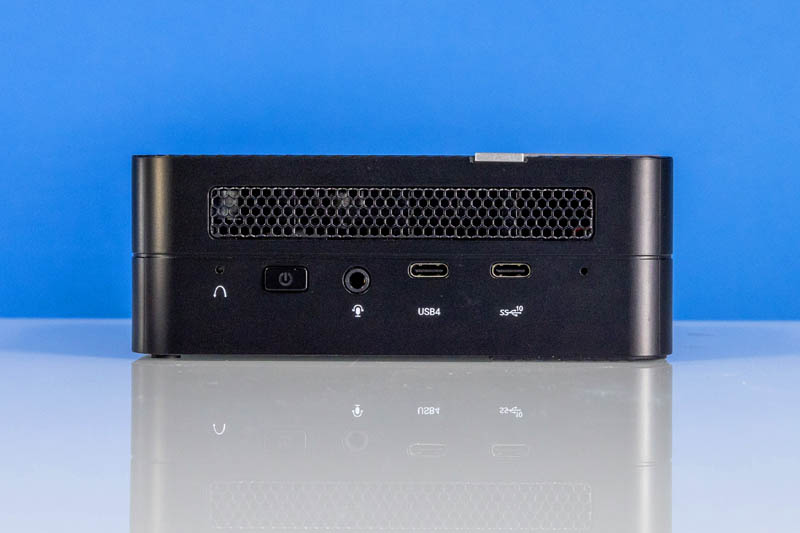
On the back of the unit we get a 19V power input and a 2.5GbE LAN. The four USB ports are all USB 3.2 Gen2.
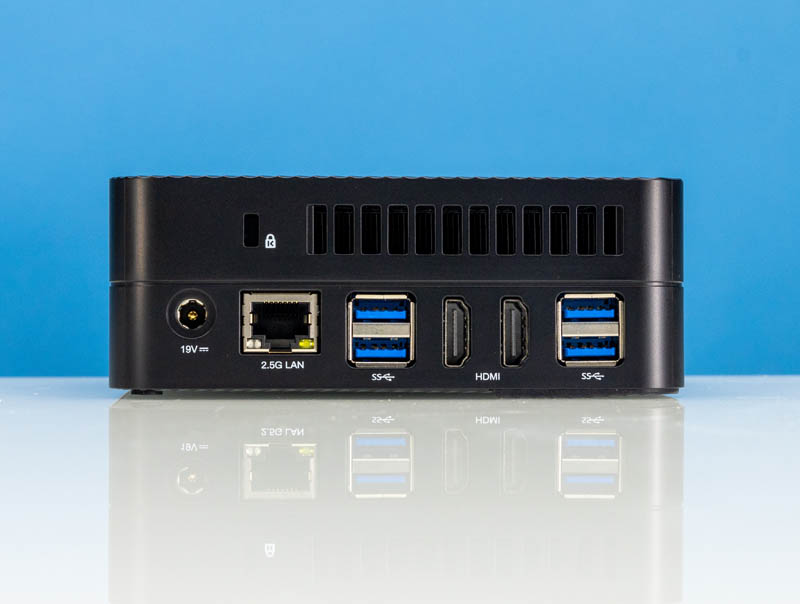
There are two HDMI display outputs, but those are limited to 4K60. We like that this unit has the USB4 port, where the Beelink GTR6 did not. On the other hand, the display output setup is much more limited on the UM690.
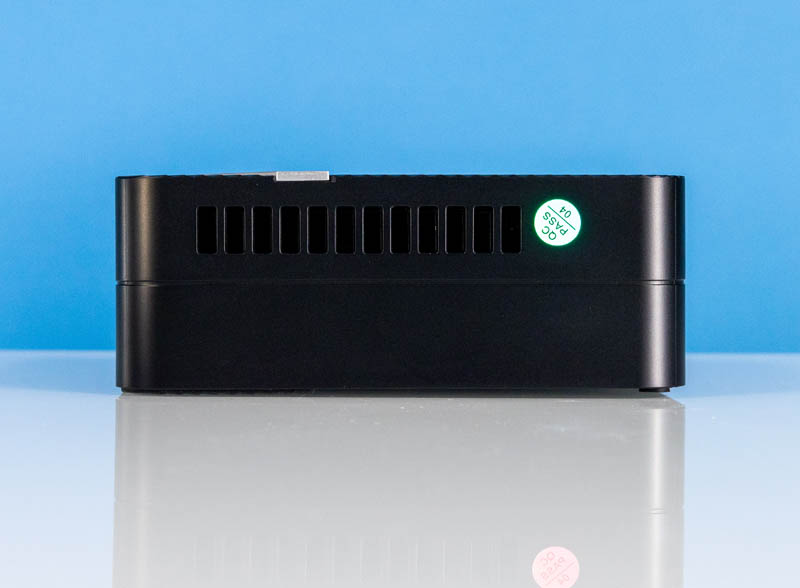
The sides of the unit have vents. All four sides do, with solid top and bottom panels. That means cooling is primarily the top of the chassis.
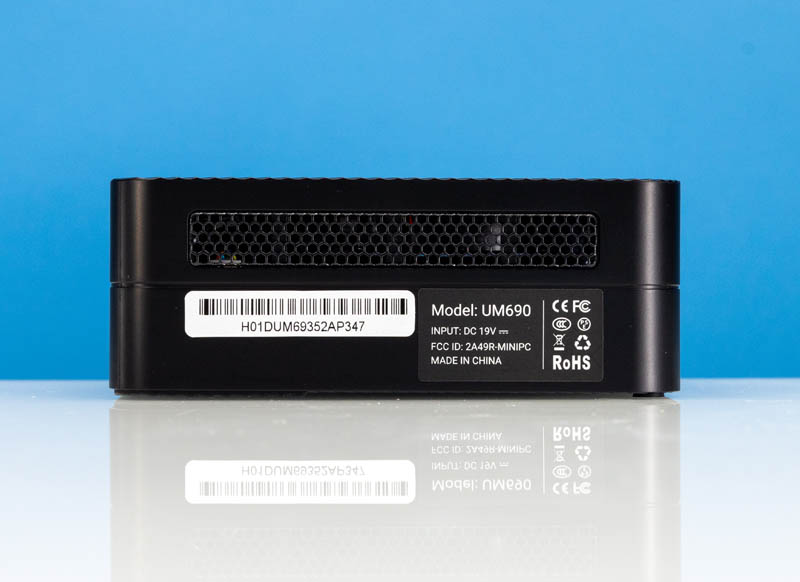
The bottom has rubber feet, but one major oversight is accessibility. One has to peel off the feet in this unit in order to get inside. That can be destructive to the adhesive on the bottom feet and Minisforum only provides replacement feet for the larger rubber pads. These need to have screw holes accessible and they are a pain in this system.
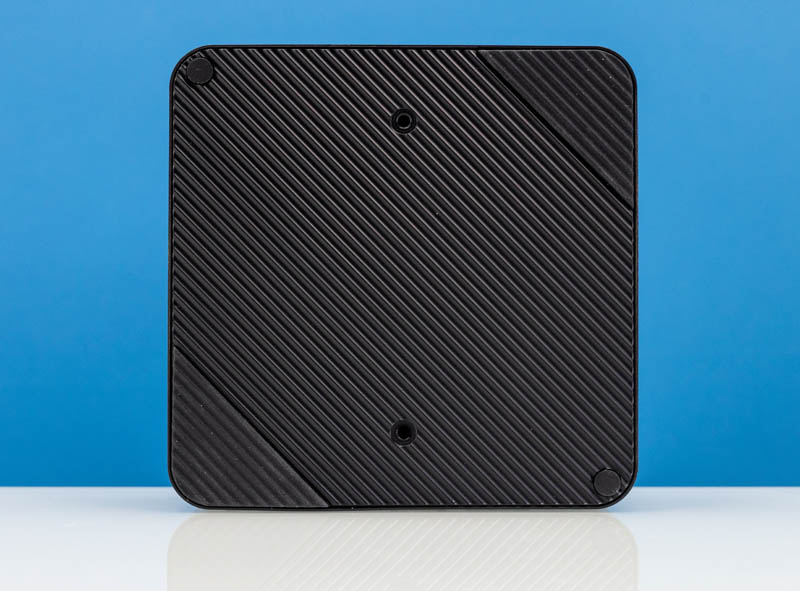
Next, let us get inside the system to see what is there.

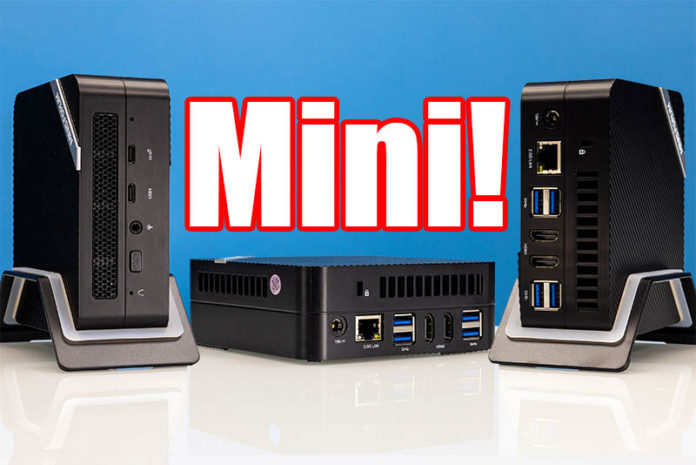



If I buy and there are no rubber bands, should I ask for a refund?
That seems really weird
Beelink GTR6 is a winner here for me due to the better heat dissipation? I’m guessing here. Heat in these units will be the biggest killer. Will have to read that review again.
You watch the YouTuber reviews where Minisforum sends units early that say everything is great. Then STH does it’s review and they show performance issues. They’ve got odd SSD rubber bands. There’s clearly not enough cooling in the drive and ram area. Thanks STH for being honest with these.
Cooling is a problem once again…
At least they should have made parts of the bottom out of mesh material.
Does this or the Beelink GTR6 support RHEL or Ubuntu?
Fairly common to see cheap low-profile ssd heatsinks that are affixed with two rubber bands, albeit not in pre-built systems like this one
Well, I had a nice write up on this and the session time for the comment session blew it away before I could click on “Post”. Guess I will try to start over.
I have been testing the UM690 for a couple of months since it went on presale.
I acquired the barebones version then installed the following:
WD Black SN770 NVMe SSD
64Gb Crucial DDR5-4800 SO-DIMM
If you order the barebones and want to install Windows 11 from scratch, you will need the latest release ISO from MSFT or it can’t recognize the SSD.
Windows runs fine and don’t forget to fetch the latest AMD Adrenelin driver set and install it or you may see some unknown devices. The AMD RZ driver is not included in the Windows ISO or in the AMD Adrenalin driver set, You have to go fetch it from another vendor unfortunately,.
Linux right now is a mixed bag.
Most of the install ISO’s can’t enumerate the USB chipsets and the install gets lost as it can’t find the stick. Using a pre-built Linux image on your SSD will work just fine.
Linux versions that seem to work include Debian, Ubuntu. Arch wasn’t working at last build, but Clear Linux was. RHEL, CentOS, Rocky and Alma weren’t working when I last tested due to the Radeon 680M problem.
Proxmox errors out on the install due to a lack of Radeon 680M support. You have to edit the Grub file based on a suggestion on the Proxmox website before the install completes.
VMWare ESXi 7.03u w/Fling Pack runs just fine except no I-225v support. You will have to use a USB to GbE adapter to get networking.
There appears to be a random bug in the Ryzen 9 6900HX cpu that was uncovered in Asus and Lenovo laptops and it appears here as well. The Freedesktop team have narrowed it down to a voltage issue on Core 0. Either the revision of the fab is the issue or the VRM can’t handle the sag of going into LP mode and the Core 0 drops off and hangs the unit. A suggestion to raise the LP state by .1V seems to resolve it.
I also tested DDR5-5600 SODIMM from Team Group and while Windows didn’t seem to have issues some of the Linux builds did hang post boot. Especially when an app was pushing it, this may be a heat issue, not clear just yet.
Some YouTubers were using the BIOS to up the wattage and push the RAM to 6000. This is not recommended by Minis Forum. Windows runs OK, but Linux hangs. Again unknown if this was heat related or just timings. (Radeon Manager reports this 6900HX will support up to 6400)
As for the USB4 port, yes it runs Thunderbolt 3 or USB-C 3.x docks and peripherals. I tested both a HP TB3 dock and a HP USB-C dock and they both worked fine in Windows and Linux.
However, the Thunderbolt behavior is not quite the same as what you would see on a current Intel NUC with a TB3 port.
The USB4 port is supported by a AMD USB4 controller that has access to 16x of PCIe Gen 4 lanes. This port is not a traditional USB port we all know, it is really a protocol switch that sets up virtual USB or Thunderbolt hubs depending on what is connected to it.
Thunderbolt tools for Linux won’t work even though the kernel module loads to get device support. USBView won’t see the controller, but it does see all of the physical and virtual hubs that the switch sets up when you plug a device in. So if you boot with a TB3 dock installed in the port, you will see your TB interfaces appear in the OS. Same with USB. If your TB dock has a USB bridge chip in it, you will see those USB hubs appear in your device manager.
Others have tested the USB4 eGPU abilities with Windows using a TB3 dock and a Radeon GPU. It works. I have not done the same with a eGPU and Linux. Remember that the bridge chip in all of these TB3-eGPU docks only utilize 4 PCIe lanes. Until more capable bridge chips come along, I suspect some high end GPU’s just wont work, but testing is needed.
@spuwho, wow that’s an informative article – no wonder you needed more than one STH five minute page reset interval.
The bios has so few option and can’t install promox or xcp-ng, esxi work but no iommu so no passtrough.
Whoever wrote the review, please retest the GPU performance i.e. under a gaming scenario. Note the RAM overheats and throttles under heavy GPU workload causing game stutters. By simply removing the back cover and allowing fresh air inside the issue is solved. This is a serious flaw of this model, but no reviewer noticed that and the manifacturer continue to produce units with this issue.
Yui – If you read the review, we mention exactly this on the RAM overheating. We also noted it in the video. So STH noticed it.